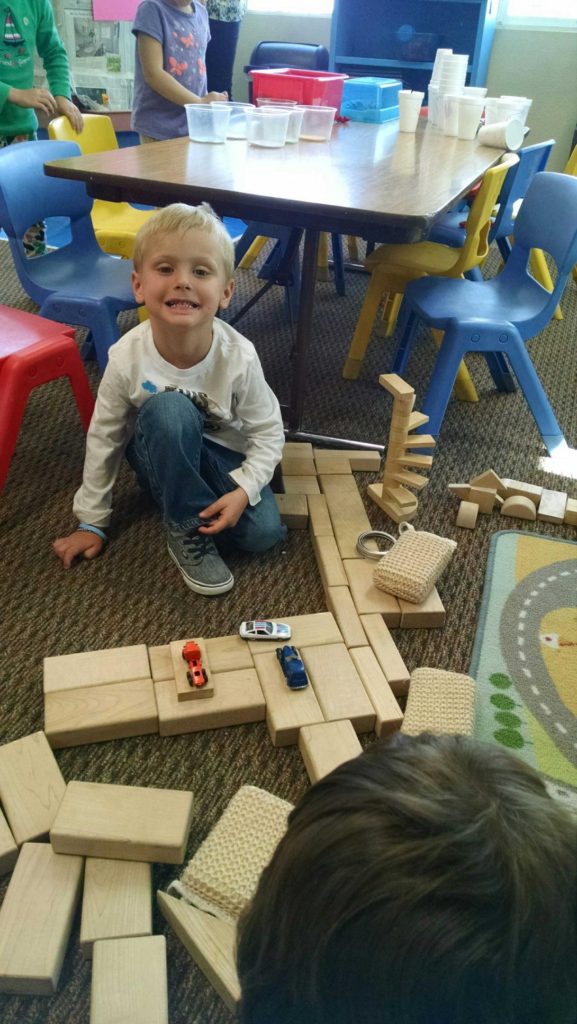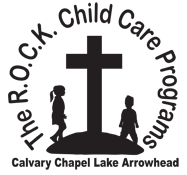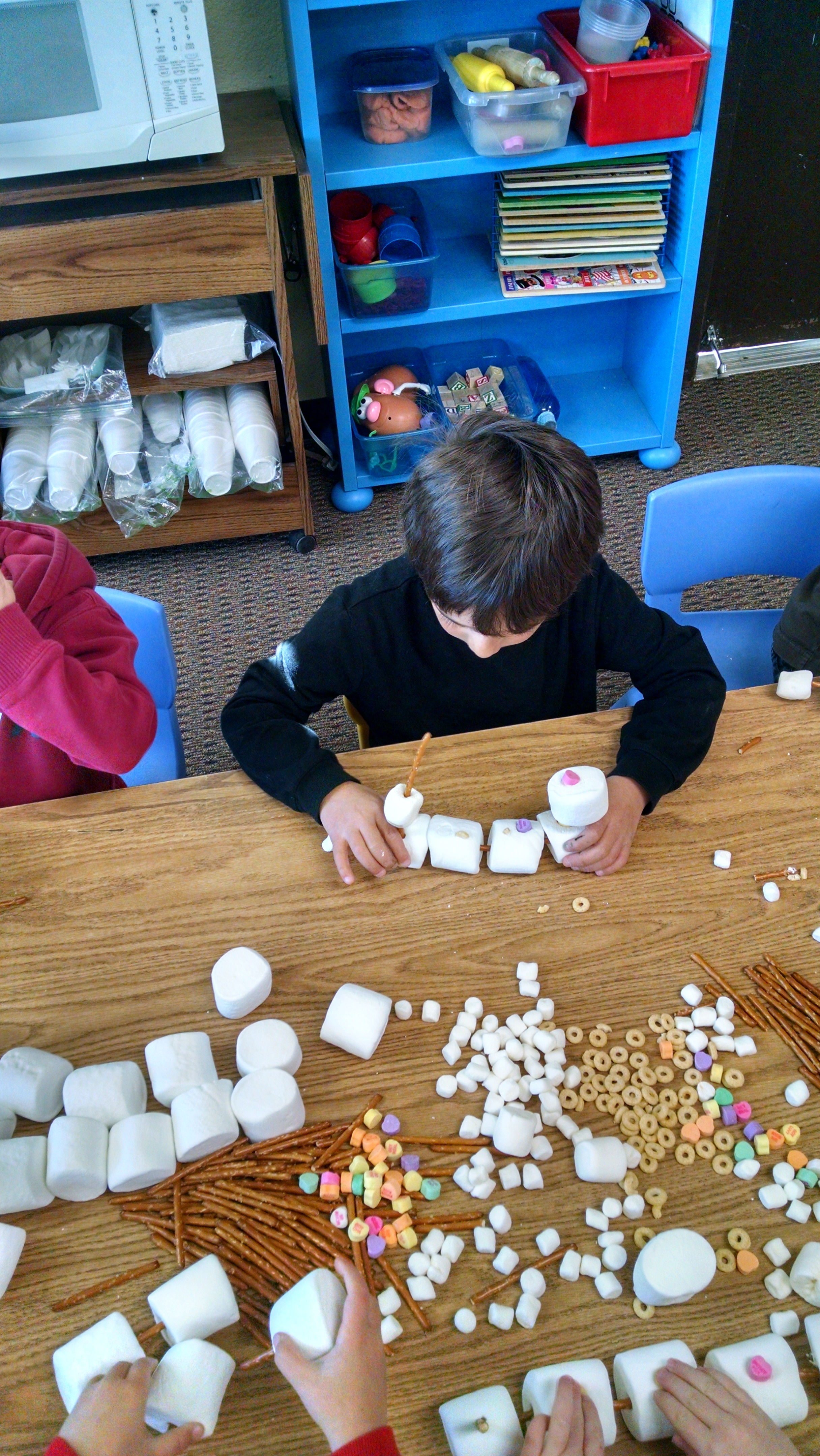 At Calvary Chapel ROCK Preschool we are always looking towards the future for our kids. We keep our focus on how we can help them develop in a way that will make them most successful as they move forward in their education. One of the areas we feel needs to be more actively supported in preschool is the development of math skills. We know that we can do really good work in the area of early math learning to prepare them for all that they will need to learn in the future. The approach we use is explained in the book Count on Math by Pam Schiller and Lynne Peterson. The following is taken from their introduction explaining how their approach works:
At Calvary Chapel ROCK Preschool we are always looking towards the future for our kids. We keep our focus on how we can help them develop in a way that will make them most successful as they move forward in their education. One of the areas we feel needs to be more actively supported in preschool is the development of math skills. We know that we can do really good work in the area of early math learning to prepare them for all that they will need to learn in the future. The approach we use is explained in the book Count on Math by Pam Schiller and Lynne Peterson. The following is taken from their introduction explaining how their approach works:
Most of us learned math by rote memorization and never understood the principles that form the foundation of mathematics. Children who use rote memorization to demonstrate math skills seem to advances flawlessly through the system until they reach about third grade. Then, they suddenly hit a brick wall. For the first time, the adults around them become aware that these children may not understand basic math concepts.
Children who have well developed visual memory skills can easily copy and create patterns without understanding the basic concept of patterns and how they fit into math. Children who have well developed auditory memory can count to high numbers without understand what those numbers represent. For all children, even those with good visual and auditory memory skills, it is important that we make sure children develop a conceptual understanding of math. The best way to achieve this goal is to present math in a developmental sequence that allows children to build on their understanding in a logical sequence and to continuously check their understanding.
Our approach is grounded in the following beliefs:
- Developmental sequence is fundamental to children’s ability to build conceptual understanding.
- Hands-on, concrete experiences give children opportunities to experiment with and to internalize new concepts.
Math builds on itself. Children take what they learn from once concept and apply it to the next. When they have opportunities to practice math skills in an appropriate developmental sequence, they build a solid conceptual understanding. (Count on Math p. 13)
This month we will be beginning with the Exploration of Materials. Children need an abundance of both discrete (things that can be counted like cookies, blocks, children) and continuous (things that can be measured like water, sand, playdough) materials. They use these materials to touch, taste, smell, listen to and visually explore them and learn about their multiple attributes or properties. Free exploration helps children see similarities and differences in objects when they begin to practice classification. In your child’s folder, you will find a guide with classroom needs and ideas to help you work with your child to support what we are learning in the classroom. Please feel welcomed to bring in any of the supplies listed. J Thank you for working with us to ensure your child’s future mathematical success!

